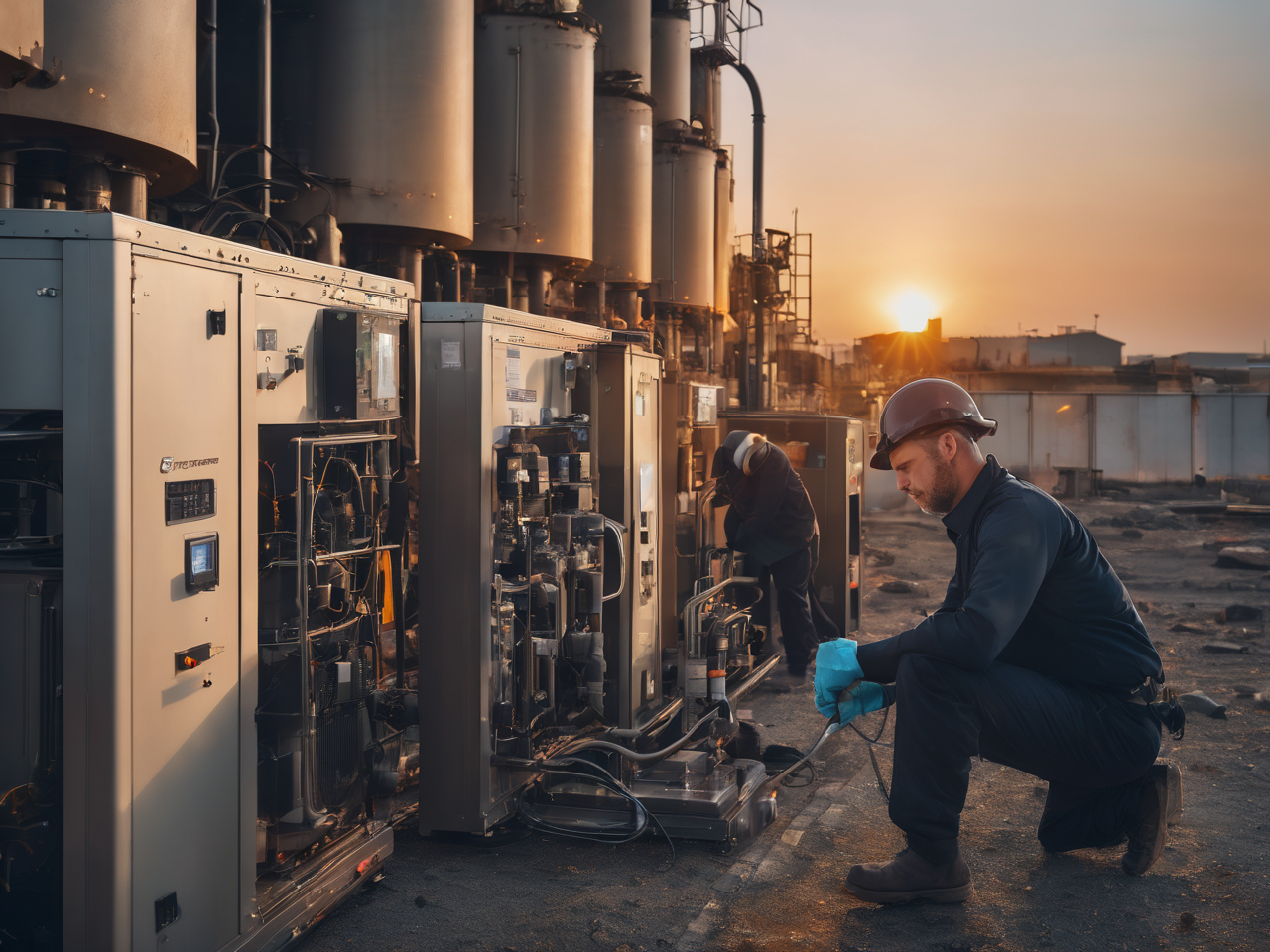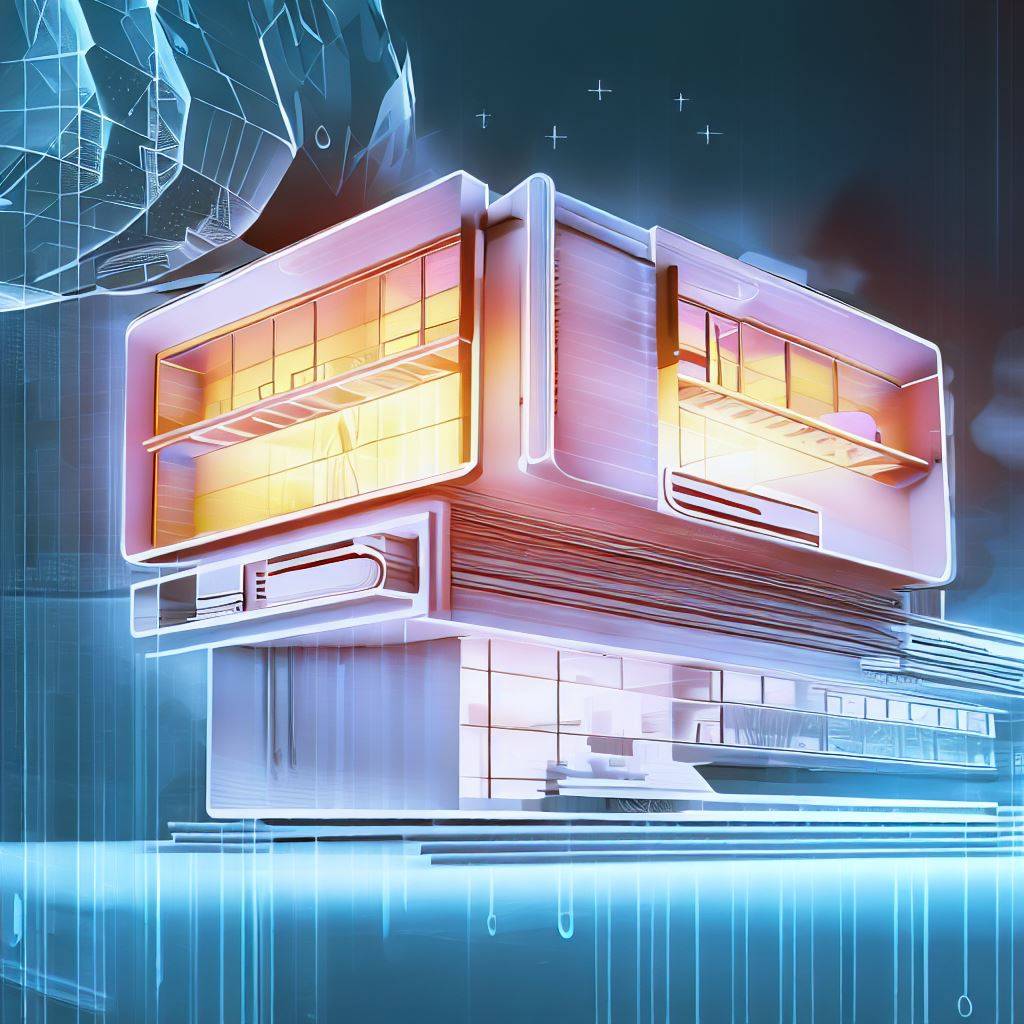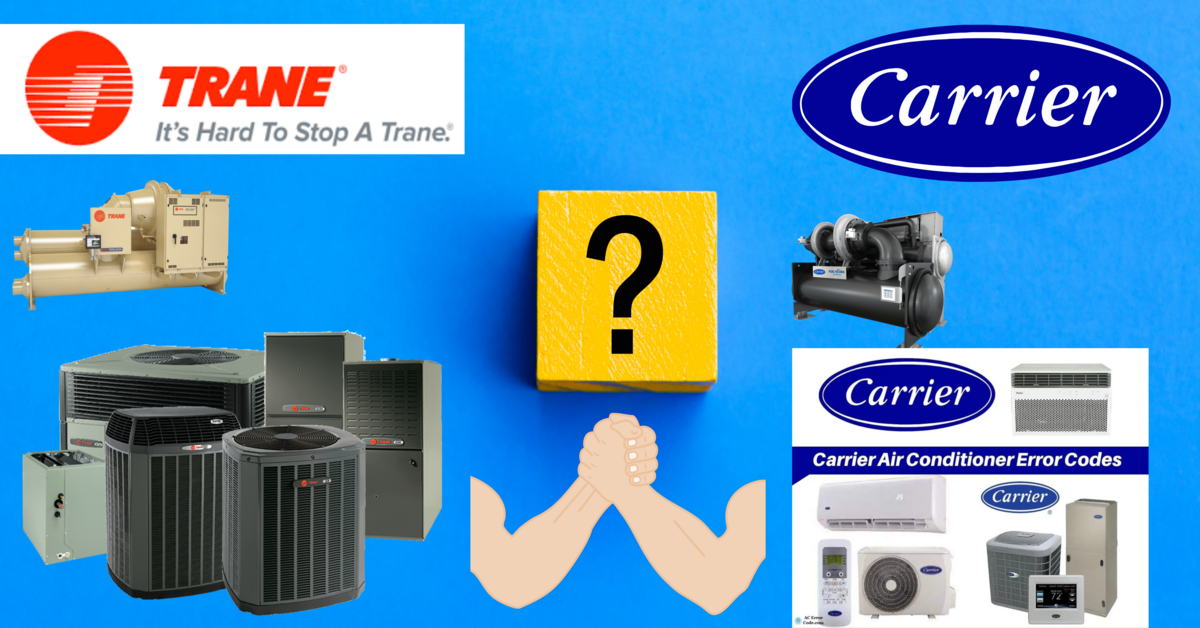

Tychon Technologies
10 Critical HVAC Issues That Could Cost You Thousands (And How to Fix Them Quickly)
- October 6, 2023
- , 11:49 am
- , HVAC Tips
Common HVAC Issues and How to Resolve Them
Your HVAC (Heating, Ventilation, and Air Conditioning) system is the lifeline of comfort in your home, ensuring you stay cozy during winters and cool in the scorching summers. However, like any complex machinery, HVAC systems can occasionally act up. In this comprehensive guide, we’ll delve into common HVAC problems and equip you with the knowledge to troubleshoot them effectively.
1. Uneven Heating or Cooling
Symptoms: One room feels like a sauna while another is an icebox.
Troubleshooting:
- Check Vents: Inspect all vents in your home. Ensure they are open and unobstructed. Sometimes, furniture or curtains can inadvertently block vents, causing temperature imbalances.
- Thermostat Mode: Verify that your thermostat is set to “auto” mode rather than “on.” Continuous running in the “on” mode can lead to uneven temperatures.
- Ductwork Inspection: Schedule a professional ductwork inspection. Dust, debris, or leaks in the ducts can hinder proper airflow, resulting in uneven heating or cooling.
2. No Airflow
Symptoms: Your HVAC system is running, but you can’t feel any air coming from the vents.
Troubleshooting:
- Air Filter Check: A clogged air filter is a common culprit. Inspect your air filter, and if you find it to be soiled, make sure to replace it. An unobstructed filter promotes adequate airflow.
- Ductwork Examination: Inspect your ductwork for obstructions. Sometimes, objects or debris can block the ducts, preventing air circulation.
- Blower Motor Inspection: If the problem persists, have an HVAC technician inspect the blower motor or fan. A malfunctioning motor can disrupt airflow.
3. Strange Noises
Symptoms: Unusual sounds emanating from your HVAC system.
Troubleshooting:
- Shutdown and Inspection: Turn off your HVAC system and perform a visual inspection. Look for loose or damaged parts, such as screws or bolts, that might be causing the noise and an additional factor to your HVAC issues.
- Lubrication: Many HVAC systems have moving parts like blower motors and fans that require lubrication. Apply lubricant as per the manufacturer’s recommendations.
- Professional Assessment: If the noise persists, it’s advisable to seek professional assistance. Prolonged strange noises could indicate more significant issues.
4. High Energy Bills
Symptoms: You’ve noticed a spike in your energy bills without an apparent increase in usage.
Troubleshooting:
- Air Filter Maintenance: Regularly check and replace your air filter. A dirty filter forces your HVAC system to work harder, consuming more energy.
- Seal Gaps: Ensure that your home’s doors and windows are properly sealed. Leaky seals allow heated or cooled air to escape, making your HVAC system work overtime.
- Annual Maintenance: Schedule annual HVAC maintenance. Professional technicians can fine-tune your system for efficiency, potentially reducing energy consumption.
5. HVAC Won’t Turn On
Symptoms: Your HVAC system refuses to start when you need it.
Troubleshooting:
- Thermostat Batteries: Check the batteries in your thermostat. If they’re dead, replace them. A broken thermostat can stop your HVAC system from starting.
- Circuit Breaker: Inspect your circuit breaker. Sometimes, a tripped circuit can disrupt power to your HVAC system.
- Professional Inspection: If your HVAC still won’t turn on, it’s time to call in a professional to diagnose and fix any electrical issues.
6. Leaking Water
Symptoms: You notice water pooling around your HVAC unit or dripping from it.
Troubleshooting:
- Condensate Drain Line: Ensure that the condensate drain line is not clogged. Unclog the drain to allow water to flow properly.
- Evaporator Coil Check: Check the evaporator coil for ice buildup, which can melt and lead to leaks. A clean coil is essential for efficient operation.
- Professional Assessment: If you continue to experience leaks, consult an HVAC technician to address potential refrigerant leaks or other issues.
7. Inconsistent Thermostat Readings
Symptoms: The thermostat displays inaccurate temperatures, making it hard to maintain a comfortable indoor environment.
Troubleshooting:
- Calibration: Calibrate your thermostat or replace it if it’s old or malfunctioning. Accurate temperature readings are crucial for proper HVAC operation.
- Thermostat Placement: Ensure that your thermostat is placed away from heat sources or drafts, which can affect its readings.
- Upgrade: Consider upgrading to a programmable thermostat. These devices offer precise temperature control and energy savings.
8. Short Cycling
Symptoms: Your HVAC system frequently turns on and off in rapid succession.
Troubleshooting:
- Air Filter Maintenance: Check and replace the air filter if it’s dirty. A clean filter ensures proper airflow and can help prevent short cycling.
- Thermostat Sizing: Ensure your thermostat is correctly sized and calibrated for your HVAC system.
- Professional Evaluation: Persistent short cycling may indicate more complex issues that require professional attention.
9. Foul Odors
Symptoms: Unpleasant smells wafting from your HVAC vents when the system is running.
Troubleshooting:
- Duct Cleaning: Inspect and clean your air ducts to eliminate mold, mildew, or debris causing the odors. Professional duct cleaning can greatly improve indoor air quality.
- Air Filter Replacement: Regularly replace or clean the air filter to remove trapped odors.
- Air Purification: If odors persist, consider installing an air purifier to enhance indoor air quality.
10. Frozen Evaporator Coil
Symptoms: Ice forming on the evaporator coil.
Troubleshooting:
- Air Filter Maintenance: Check and replace the air filter if it’s dirty. A dirty filter can impede airflow and lead to coil freezing.
- Proper Ventilation: Ensure vents are unblocked, and ducts are clean for optimal airflow.
- Professional Evaluation: If the issue persists, contact an HVAC technician to diagnose and address potential refrigerant issues causing the coil to freeze.
In Conclusion,
Your HVAC system is a crucial component of your home’s comfort and well-being. Regular maintenance and prompt troubleshooting are key to ensuring its longevity and efficiency. While some issues can be resolved through DIY methods, never hesitate to seek professional assistance when facing complex problems or when safety is a concern. By addressing common HVAC problems promptly, you can enjoy a comfortable and well-regulated indoor environment throughout the year.
Remember that HVAC problems, if left unaddressed, can worsen over time and potentially lead to costly repairs. Therefore, proactive maintenance and addressing issues as they arise are your best strategies to keep your HVAC system running smoothly and your home comfortable.
And now, a brief introduction to Tychon Technologies Pvt Ltd:
Tychon Technologies Pvt Ltd is a leading provider of HVAC solutions and services. With a commitment to excellence and a team of highly skilled technicians, Tychon Technologies has been serving residential and commercial clients for a very long time. Whether you need HVAC maintenance, repairs, or system installations, Tychon Technologies is your trusted partner in ensuring optimal indoor comfort and energy efficiency. Learn more about our services at www.tychonglobal.com






